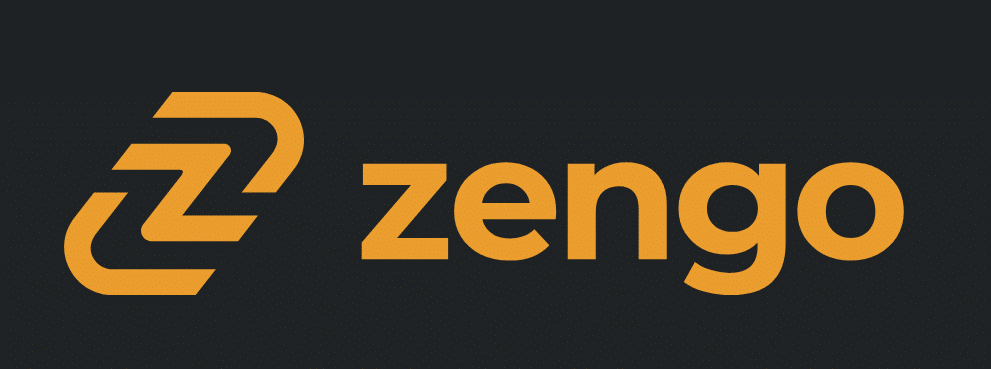The blockchain arena is full of innovation and competition, none more captivating than the duel between Ethereum vs Solana. As we navigate through the landscape of decentralized technologies, these two giants stand out for their unique propositions in the crypto space. But as the race for dominance heats up, it begs the question: Which is the superior blockchain?
Who Founded Ethereum?
Ethereum was founded by Vitalik Buterin, a programmer and writer previously involved in the Bitcoin community. Buterin proposed Ethereum at the end of 2013 and released a white paper describing a platform that would go beyond the financial use cases offered by Bitcoin. The Ethereum Initial Coin Offering (ICO) took place in 2014, and it was one of the earliest and most successful ICOs, raising over $18 million which was a significant amount at the time and marked a new era of crowdfunding in the cryptocurrency space.
Who Founded Solana?
Solana was co-founded by Anatoly Yakovenko, an engineer and entrepreneur who most notably spent 12 years at Qualcomm developing 2G, 3G and 4G technology. Yakovenko is joined by as co-founder by Raj Gokal, a veteran product manager and entrepreneur with experience primarily in the digital health space. In addition to the money raised in token sales as per the initial distribution information below, Solana raised $314 million in a private token sale during the 2021 bull market. Over 300 people work for Solana, spread across the Solana Foundation and Solana Labs.
Ethereum vs Solana: Comparison Table
| Criteria | Ethereum | Solana |
| Programming Language | Solidity, Vyper | Rust, C, C++ |
| Consensus Mechanism | Currently Proof of Work, transitioning to Proof of Stake | Proof of History |
| Year Founded | 2014 | 2017 |
| Max Transactions Per Second | 15 | 5,000-10,000 |
| Market Cap | $198.4 billion (as of February 2022) | $9.07 billion (as of February 2022) |
| Smart Contract Functionality | Turing complete, supports a wide range of decentralized applications | Focuses on high throughput, supports decentralized applications |
| Transaction Fees | Variable, can get high during congestion | Significantly lower than Ethereum |
Ethereum vs Solana Under the Hood: Core Technologies Compared
Ethereum started off as a blockchain based on Proof of Work (PoW), the energy-intensive mechanism made popular by Bitcoin. This system, while ensuring decentralization and security, has long faced criticism for its scalability limitations. As Ethereum evolved, it upgraded to Proof of Stake (PoS) seeks to address these concerns, promising a greener and more efficient framework that could drastically lower transaction costs and increase throughput.

Solana, the challenger, breaks away from traditional mechanisms with its Proof of History (PoH). By encoding the passage of time into the ledger, Solana’s innovative approach enables greater scalability. Transactions are timestamped, creating a historical record that streamlines the consensus process, allowing for speeds that were once thought impossible on a blockchain platform.
Proof of History is not a consensus mechanism in itself, but a timekeeping mechanism that greatly improves Solana’s delegated Proof of Stake consensus mechanism. Solana uses the Rust programming language for smart contracts. It is interesting to note that Solana still calls their chain ‘mainnet beta,’ perhaps as a way to absolve some responsibility by claiming that the chain is still in an experimental phase.
Ethereum vs Solana: Performance and Scalability
Performance is the battleground where Solana shines, with transaction speeds that eclipse those of Ethereum’s current capabilities. With a theoretical limit of 50,000 transactions per second, Solana presents an impressive case for scalability. Practically speaking, Solana is handling between 5,000 and 10,000 transactions per second. This is crucial for DeFi applications and services that demand quick, reliable transaction processing. Ethereum, however, famously struggles with scalability. Historically, the max transactions per second on the network has been 16. However, the transition to Ethereum 2.0 is poised to help Ethereum improve its scalability and performance, potentially increasing its transaction processing capabilities to 100,000 TPS.

Ethereum vs Solana: Ecosystem and Development
The DeFi ecosystem on Ethereum is mature, with a vast array of applications and services that have been developed over the years. This rich ecosystem is a testament to Ethereum’s robustness and the trust it has garnered within the developer community. Solana’s ecosystem, while younger, is rapidly expanding, with innovative applications that leverage its high-performance capabilities attracting both users and developers. These ecosystems are not static but are continuously evolving, shaped by the contributions and engagements of their respective communities.
Decentralization and Security: A Balancing Act
Decentralization is a fundamental principle of blockchain technology, but it can come with trade-offs. Ethereum’s commitment to decentralization has at times come at the cost of efficiency, leading to network congestion and higher transaction fees. Solana’s architecture, while allowing for high transaction throughput, has raised questions about the degree of its decentralization, with a significant percentage of the network’s stake held by a small number of validators.
Innovation at the Forefront: Features that Set Them Apart
Solana’s array of novel features like Turbine, Sealevel, and Gulf Stream underscores its commitment to innovation, providing the infrastructure for a high-speed, low-cost blockchain. These features are integral to Solana’s claim of unparalleled efficiency and performance. Ethereum’s innovation lies in its pioneering smart contract functionality and support for complex decentralized applications, which have become foundational to the DeFi and NFT spaces.
A Developer’s Perspective: Tooling and Languages
From a developer’s perspective, the choice between Ethereum and Solana may come down to the preferred programming environment and the specific needs of their project. Ethereum’s developer ecosystem is comprehensive, with a variety of tools and languages such as Solidity tailored to the EVM. Solana’s preference for widely used programming languages like C, C++, and Rust could make it more accessible to a broader developer base.
Looking Ahead
The future trajectory of both Ethereum and Solana is a subject of much speculation and excitement. Ethereum’s shift to 2.0 is expected to be a game-changer for the network, while Solana’s continued growth and development could see it gaining more ground in the blockchain space. Both platforms are poised for advancements that will likely influence the broader landscape of decentralized technologies.
The Verdict on Ethereum vs Solana
The debate between Ethereum and Solana is less about declaring a winner and more about recognizing the distinct niches they fill in the blockchain ecosystem. Ethereum’s established presence and expansive DeFi ecosystem make it a cornerstone of the crypto world, while Solana’s cutting-edge technology and impressive performance metrics position it as a formidable player in the space. As the crypto asset landscape continues to mature, these two powerhouses will continue to lead the pack for L1 blockchains.




